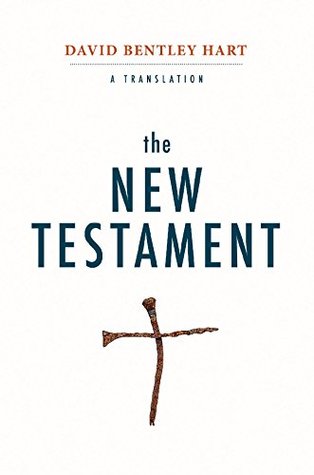the whole passage looks like a fairly straightforward statement of Trinitarian dogma (or at least two-thirds of it), of the Nicene-Constantinopolitan variety. The average reader would never guess that, in the fourth century, those same verses were employed by all parties in the Trinitarian debates in support of very disparate positions, or that Arians and Eunomians and other opponents of the Nicene settlement interpreted them as evidence against the coequality of God the Father and the divine Son. The truth is that, in Greek, and in the context of late antique Hellenistic metaphysics, the
...more
Welcome back. Just a moment while we sign you in to your Goodreads account.


